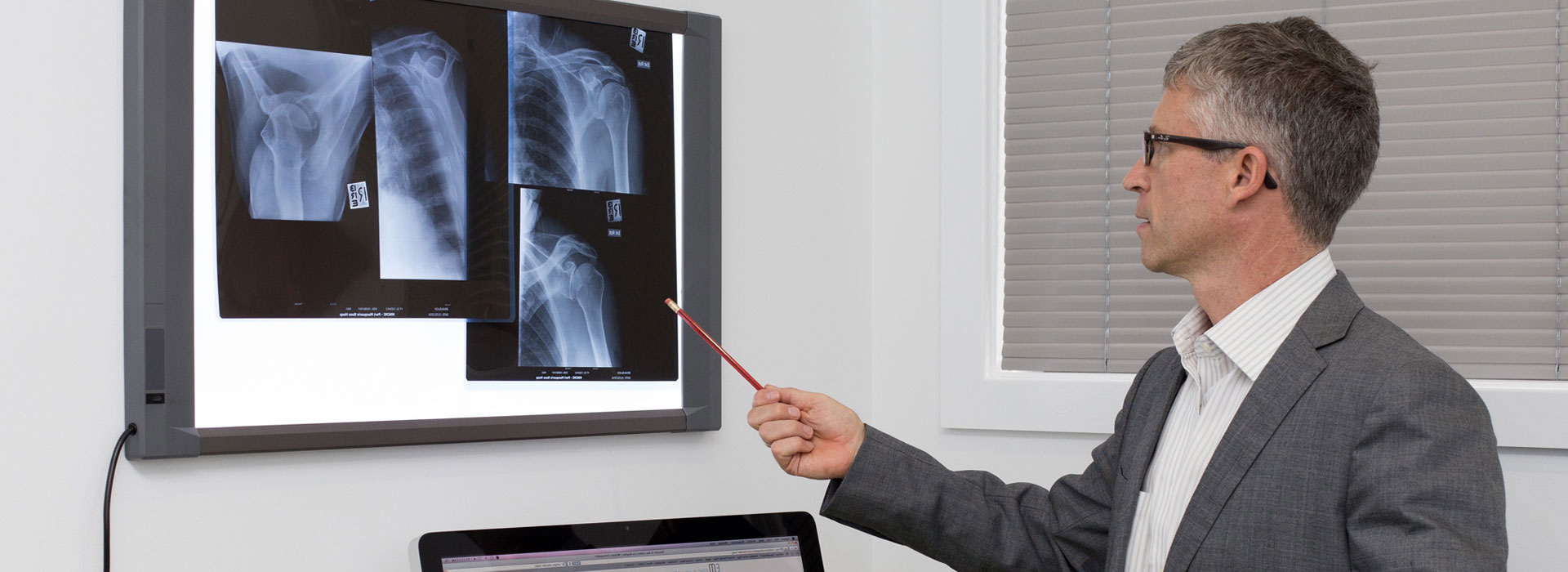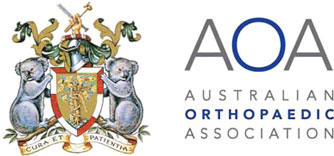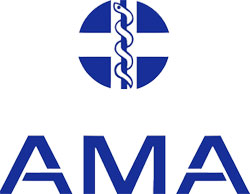Description
A pro football player attempts an arm tackle and hears a pop in his upper arm. A weightlifter doing curls suddenly feels his shoulder “bubble”. A woman re-arranging the living room furniture gets a sharp pain in her shoulder. Each of these individuals just ruptured their biceps tendon.
Tendons attach muscle to bone. The biceps muscle in the upper arm splits near the shoulder into a long head and a short head. Both attach to the shoulder in different places. At the other end of the muscle, the distal biceps tendon connects to the smaller bone (radius) in the lower arm. These connections help the muscle stabilise the shoulder, rotate the lower arm and accelerate or decelerate the arm during overhead motions such as pitching.
The long head of the biceps tendon is vulnerable to injury because it travels through the shoulder joint to it’s attachment point. If it tears, you may lose some strength in your arms and be unable to turn your arm from palm down to palm up. Because the torn tendon can no longer keep the muscle taut, you may also notice a bulge in the upper arm (Pop-eye muscle). If the distal tendon tears, you may be unable to lift items or bend your elbow.
Possible Causes
Ruptures of the distal tendon near the elbow are rare. They usually occur when an unexpected force is applied to a bent arm. For example, a snowboarder can rupture the distal biceps tendon if he or she uses the arm to try to break a fall during a turn.
The proximal biceps tendons near the shoulder tear more easily. Tears can be either partial or complete. Often, these tendons are already frayed, particularly if you are over 40 years of age, have a history of shoulder pain, and participate in activities that involve overhead motions. Among the elderly, biceps tendon ruptures near the shoulder are often associated with rotator cuff tears.
Signs and Symptoms
- Sudden, sharp pain in the upper arm.
- Sometimes, an audible snap.
- A bulge in the upper arm above the elbow, and a dent closer to the shoulder.
- Bruising from the middle of the upper arm down toward the elbow.
- Pain or tenderness at the shoulder.
Diagnosis and Treatment
Your physician will examine your arm and ask you to bend the arm and tighten the biceps muscle. The doctor may apply pressure to the top of the arm to see if there is any pain. If you have a history of shoulder pain, your doctor may request an MRI or a special X-Ray called an arthrogram to see if you have also torn the rotator cuff muscle.
Conservative treatment is usually all that is needed for tears in the proximal biceps tendons.
- Ice applications keep down the swelling.
- Non-steroidal anti-inflammatory medications such as ibuprofen reduce pain.
- You should also rest the muscle, limiting your activity when you feel pain or weakness.
- To keep the shoulder mobile and strengthen the surrounding muscles, your doctor may prescribe some flexibility and strengthening exercises.
- Surgical repair of a complete tendon tear can be done for younger individuals whose work involves heavy labor or lifting.
Complete tears of the distal biceps tendon require surgery to re-attach the tendon to the bone. Range of motion exercises can begin as early as two weeks after surgery, although forceful biceps activity is often restricted for four to six months. Partial tears of the distal biceps tendon may be treated either conservatively or surgically. You and your orthopaedic surgeon should discuss the options for your specific case.







